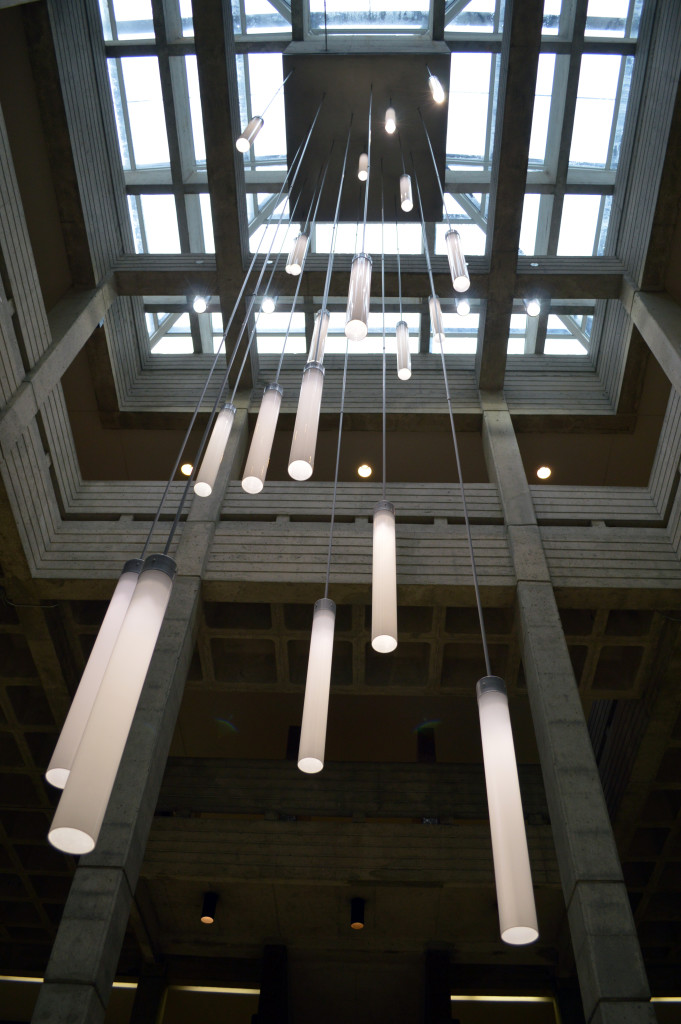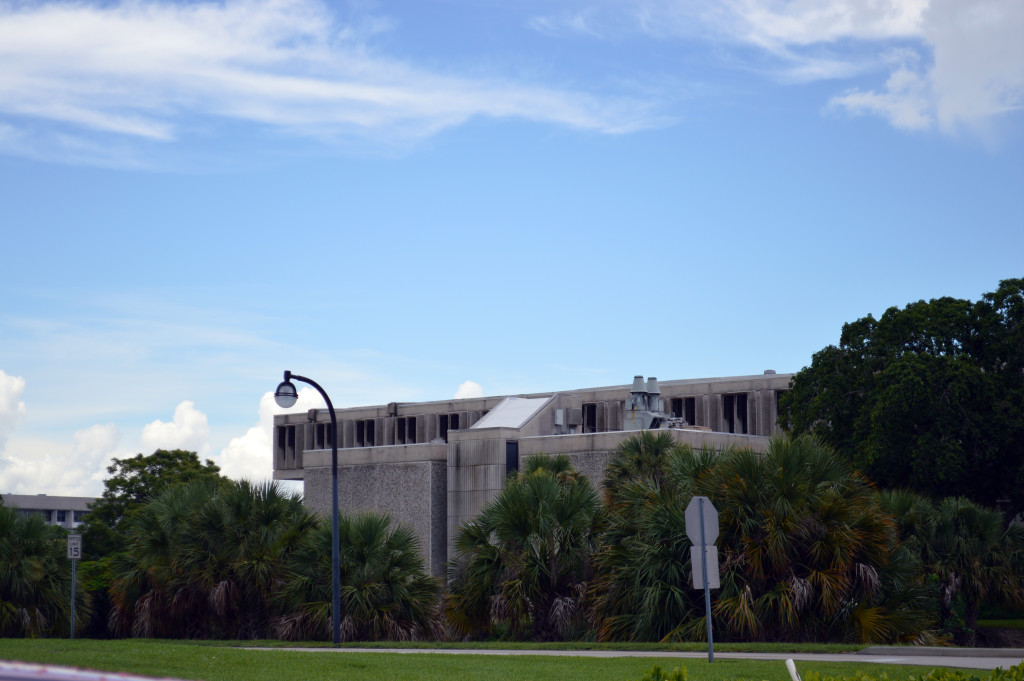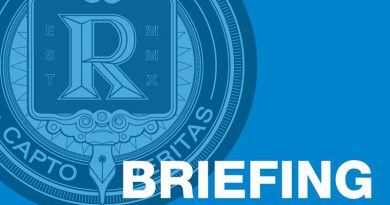Building 3000 at Kendall Campus to re-open for classes in the Fall Semester of 2014
Renovations to Kendall Campus’ building 3000 have turned the structure into a modern science complex, with all new chemistry, physics, biology and earth science labs as well as upgraded faculty offices.
It also houses math classes and the math department. According to Brian Stokes, Senior Director of Campus Administration, the building re-opens for classes starting this fall semester.
The College’s total cost spent on renovations in building 3000 and 5000, performed under one construction contract, was $11,229,420.79 according to Patrick Rebull, Vice Provost of Facilities Management. The total cost for the building 3000 renovations alone were $10,836,074.00. The project remodeled almost 40,000 square feet of the 133,000 square foot building.
Renovations in building 5000 installed new offices for the School of Continuing Education & Professional Development. That School now occupies the former location of the Testing Department, which moved to Building R in 2013. Adult Education offices are now located on the ground floor, where the Earth Science Museum was previously located. A new, modern setting for the museum has been developed at building 3000. The building 3 project also included upgrades to the existing campus chiller plant with installation of a 1,000 ton chiller and cooling tower.

Work on building 3000 began in December 2012. An April 18, 2013 article in The Reporter said the building was to be completed by December 2013. Stokes said the original goal was to begin classes in the building in the 2014 spring semester. The College started moving faculty and staff back into building 3000 on June 30, 2014. In the summer, Stokes said the building was suitable for occupancy, while builders worked through minor remaining details.
The project helped to remodel vacated office spaces on the first and second floors into 14 new science laboratories, adding 332 new student stations and two recitation classrooms, with 18 student stations each.
The outside remains a typical MDC building with dark concrete and pebble walls. The large, open atrium with a skylight and modern cylindrical lighting fixture swirling from the center of the ceiling, gives an updated feel to the former administrative and classroom building.
The first floor of building 3000 previously housed all student services including financial aid, student advisement, the bursar’s office and admissions, which are now located in building R. Rebull explained the office windows were removed and the openings were covered with code approved exterior grade studs, cement board covered with stucco and gypsum board on the inside walls.
Each floor has four quadrants emanating from the center atrium. The first floor has two chemistry laboratories, preparation rooms and a student research lab; two biology laboratories with preparation rooms and storage; and two physics laboratories and a preparation room. The second floor houses a chemistry laboratory, a recitation classroom, an instrument room, a preparation room, storage, as well as two anatomy and physiology laboratories, with a preparation room. The second floor also houses two biology laboratories with preparation rooms and a new recitation classroom. All laboratories have been equipped with modern, state-of-the-art scientific equipment and accessories. The microbiology labs smell of new equipment and modern furniture.
Existing faculty offices on the second mezzanine were renovated with new, modern furniture, floors, ceilings and lights as well as installation of wheelchair lifts to allow accessibility for disabled persons.
On the third floor, the renovations included remodeling of old office spaces into study rooms, a faculty work room and conference room, as well as renovation of all existing classrooms and math labs with new floor, ceilings, lights, paint throughout, student and professor furniture and audio visual equipment. Third floor corridors were also renovated, featuring modern furniture outside of the classrooms, where students can study while waiting for class. The project included hard-wired and wireless network connectivity at all new and renovated spaces. The third floor classrooms have new, spacious, movable tables.
During construction, science lecture classes were scheduled across the campus but mostly in buildings nine, two, R, G and four. The science departments were housed in building K and a trailer adjacent to building three, explained Juan Mendieta, MDC Director of Communications.
Some students found the detours and re-locations to be inconvenient.
“I cannot wait for the building to reopen,” said student Esthefany Salazar, a science major. “ It is very inconvenient having to take my anatomy and physiology class in the library. I look forward to having a better lab and classroom set up where we are not crammed into a room that fits 15 people with a class of 26. We will have rooms to do experiments instead of just having to memorize slideshows”.
Student Victor Raymond helped set up the new labs.
“I’m really excited to see all the new technology that they are implementing such as smart boards,” said Raymond, who plans on majoring in engineering. “It will bring a whole new aspect to learning the sciences which is already difficult. I think with all the new technology it will help students grasp the concepts they are trying to learn better.”



